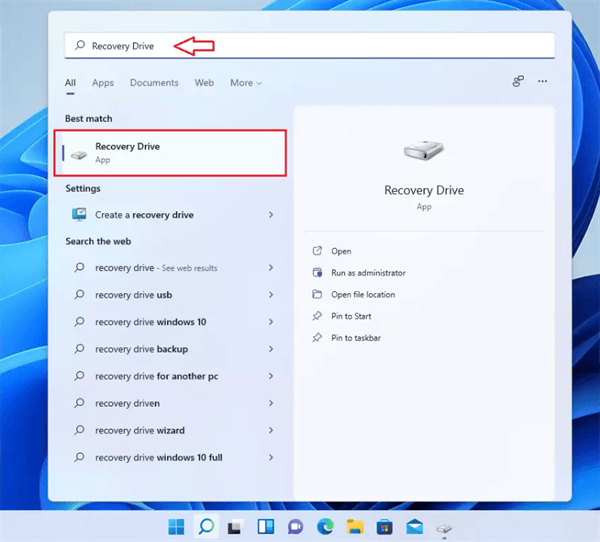
If you can't get the recovery tools on your Surface, and haven't created a recovery drive from your Surface before, download the Surface image files from Microsoft Surface official site, create a bootable USB recovery drive for your Surface to solve problems. Two ways to create USB recovery drive for your Surface: Way 1: Create a bootable USB drive with recovery image Way 2: Create a USB recovery drive on your Surface Way 1: Create a bootable USB drive with recovery image Especially reset your Surface to factory settings with the USB recovery drive.

When the Windows on your Surface don't start, or the built-in recovery info has been removed from your Surface, you can use your USB recovery drive to access the recovery tool and solve problems. Memory: 64 GB (4x16GB) G.Create a Bootable USB Recovery Drive for Surface Other Info: Logitech Z625 speaker system, Internet Speed: 1 Gbps Download and 35 Mbps UploadĪntivirus: Windows Defender and Malwarebytes Premium Monitor(s) Displays: 2 x Samsung Odyssey G75 27" Sound Card: Integrated Digital Audio (S/PDIF) Graphics Card: ASUS ROG-STRIX-GTX1080TI-O11G-GAMING Motherboard: ASUS ROG Maximus XI Formula Z390 OS: 64-bit Windows 11 Pro for Workstations

System Manufacturer/Model Number: Custom self built For more information about product keys and when they are required, visit the FAQ page.įor Enterprise editions please visit the Volume Licensing Service Center. If you will be installing the operating system for the first time, you will need your Windows product key (xxxxx-xxxxx-xxxxx-xxxxx-xxxxx). It is recommended to use a blank USB because any content on it will be deleted. Sufficient data storage available on a computer, USB or external drive for the download.Ī blank USB with at least 8 GB of space. MCT will currently create a USB for Windows 10 version 22H2 build 19045.2006 is currently available for download using this option as of October 18, 2022.Īn internet connection (internet service provider fees may apply). This option will use the Media Creation Tool from Microsoft to download an ISO file and create a bootable USB flash drive that is 32-bit, 64-bit, or both, and be used to install Windows 10 with or without UEFI. OPTION ONE Use Media Creation Tool to create Bootable Windows 10 USB for Legacy BIOS and UEFI


 0 kommentar(er)
0 kommentar(er)
